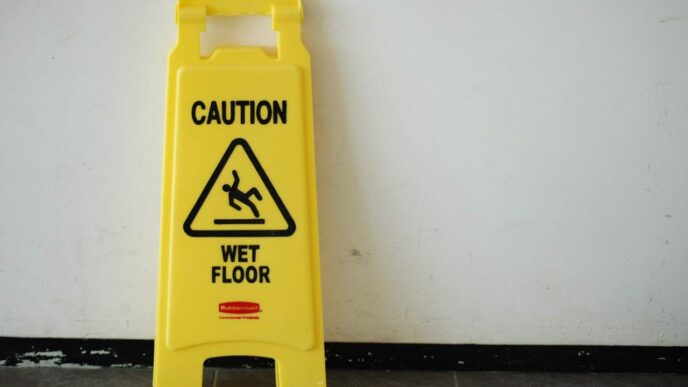Winter wonderlands often come with a downside – snow-covered driveways and walkways that demand time-consuming shoveling or de-icing. Fortunately, modern technology offers homeowners a range of snow melting systems to transform the cold chore into a cozy, convenient experience. Here, we explore the various options available, with a spotlight on the increasingly popular heated driveways.
Electric Radiant Snow Melting Systems
Electric radiant snow melting systems are a popular choice for homeowners seeking efficient and convenient snow removal. These systems consist of heating cables or mats installed beneath the surface of driveways, walkways, or patios. When activated, the electric elements generate heat that melts snow and prevents the formation of ice.
The installation process involves embedding the cables or mats in a concrete or asphalt base. Some systems are retrofit-friendly and can be installed on existing surfaces. Electric radiant systems come with the added benefit of zoning, allowing homeowners to control specific areas and manage energy consumption.
Hydronic Snow Melting Systems
Hydronic snow melting systems utilize a fluid-filled tubing system to melt snow and ice. These systems rely on a boiler or water heater to heat the fluid, which is then circulated through the tubing embedded in the driveway or walkway. The heat from the fluid warms the surface, preventing snow accumulation.
While hydronic systems are effective, they are typically more complex to install and may require professional expertise. Homeowners considering this option should weigh the initial investment against the long-term benefits of reduced energy consumption and efficient snow removal.
Heated Driveways: A Winter Game-Changer
Heated driveways are a standout among snow melting systems, providing homeowners with a luxurious and efficient solution to winter maintenance. These driveways utilize either electric or hydronic systems to keep surfaces clear of snow and ice. The radiant heat prevents the accumulation of snow, eliminating the need for shoveling or de-icing.
In addition to the practical benefits, heated driveways contribute to safety by preventing slippery surfaces, reducing the risk of slips and falls. While the upfront costs may be higher compared to other snow melting options, the long-term convenience and enhanced property value make heated driveways an attractive investment.
Solar-Powered Snow Melting Systems
Harnessing the power of the sun, solar-powered snow melting systems are an eco-friendly alternative. These systems use solar panels to generate electricity, which in turn powers the heating elements beneath the surface. While they may not be as powerful as electric or hydronic systems, solar-powered options can still provide effective snow melting in moderate winter conditions.
Solar-powered systems offer a sustainable choice for environmentally conscious homeowners, contributing to reduced energy consumption and a smaller carbon footprint. However, their efficiency can be influenced by factors such as geographic location and the amount of sunlight available.
Conclusion
Whether opting for the simplicity of electric radiant systems, the efficiency of hydronic solutions, the luxury of heated driveways, or the sustainability of solar-powered alternatives, homeowners can find a snow melting system that transforms winter maintenance into a hassle-free experience. Investing in a snow melting system not only enhances the comfort of your home during winter but also adds value and safety, turning the snowy season into a time to enjoy the beauty of winter without the burden of tedious snow removal.















